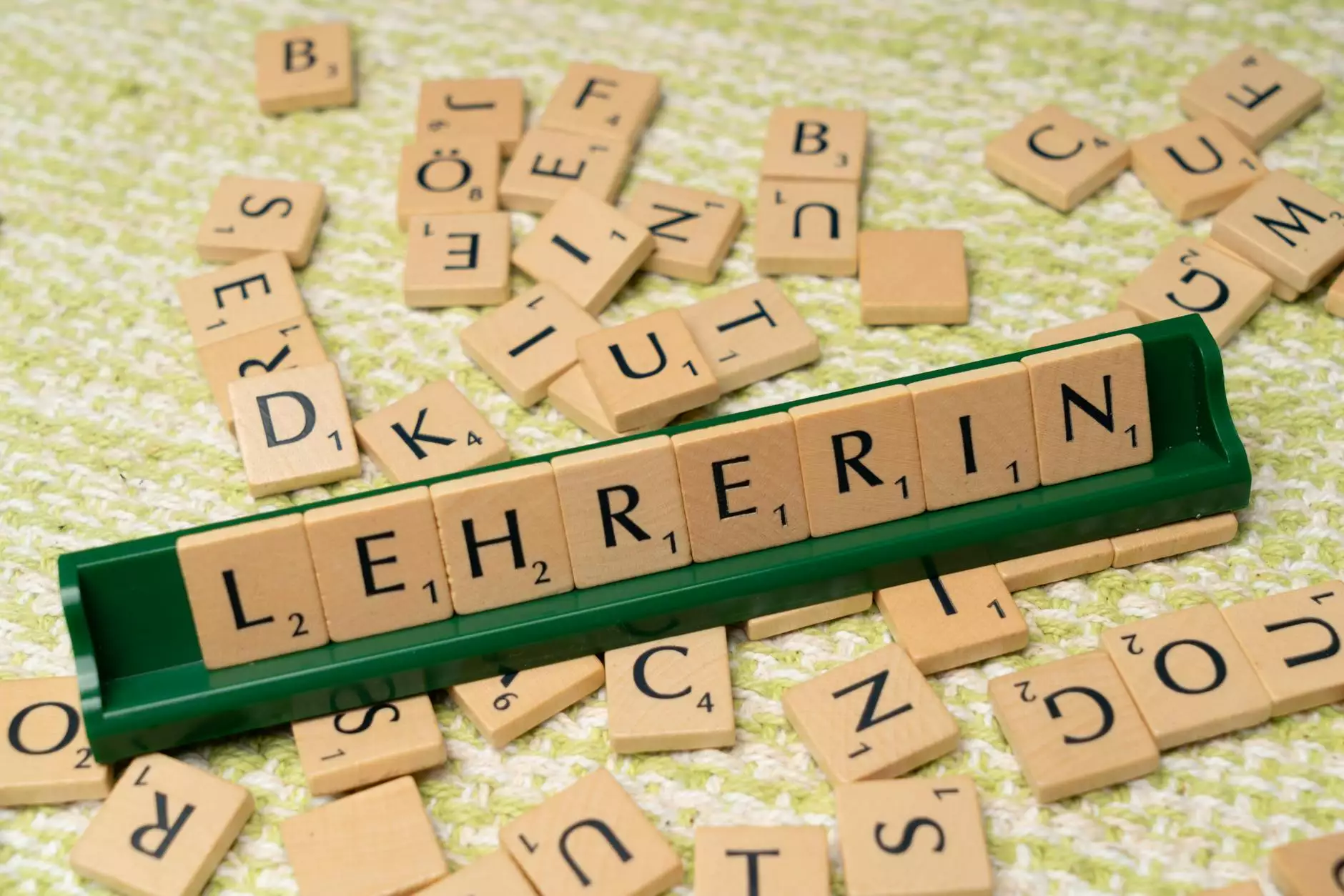Enhancing Your Vocabulary with Descriptive Adjectives
English Grammar Lessons
Introduction
Welcome to NJCLT's Happy English Podcast - your ultimate destination for improving your English language skills! In this episode, we will delve into the world of descriptive adjectives and how they can revitalize your vocabulary. Whether you are a student, a professional, or simply passionate about learning, this comprehensive list of adjectives will empower you to express yourself more effectively and eloquently.
Unleashing the Power of Descriptive Adjectives
Descriptive adjectives are the linguistic paintbrushes that allow you to vividly portray your thoughts, emotions, and experiences. They enable you to create mental images that captivate your audience and leave a lasting impression. By incorporating a wide range of descriptive adjectives into your everyday speech and writing, you unlock the ability to communicate in a more nuanced and compelling manner.
How Descriptive Adjectives Enrich Communication
Descriptive adjectives go beyond mundane descriptions and venture into the realm of evoking feelings and sensations. They are the secret ingredient that can transform a simple sentence into a sensory experience. Whether you are crafting an engaging story, delivering a persuasive presentation, or seeking to connect with others on a deeper level, the use of descriptive adjectives will elevate your language and captivate your audience's imagination.
Understanding the Types of Descriptive Adjectives
Descriptive adjectives can be categorized into various types based on the qualities they express. Some common categories include:
1. Size Adjectives
Size adjectives allow you to convey the dimensions of an object or the magnitude of a concept. They help you make comparisons and create vivid mental images. Examples include tiny, enormous, massive, and minuscule.
2. Color Adjectives
Color adjectives enable you to paint a colorful picture in your audience's mind. They evoke visual experiences and enhance the overall impact of your descriptions. Examples include scarlet, golden, azure, and emerald.
3. Shape Adjectives
Shape adjectives allow you to create a mental image of the form or outline of an object. They add depth and dimension to your descriptions. Examples include circular, triangular, amorphous, and rectangular.
4. Texture Adjectives
Texture adjectives evoke sensations through touch and feel. They bring your descriptions to life by engaging the sense of touch. Examples include smooth, rough, silky, and jagged.
5. Emotional Adjectives
Emotional adjectives help you express and communicate different feelings and emotions. They allow you to connect with your audience on a personal and empathetic level. Examples include joyful, sorrowful, ecstatic, and melancholic.
6. Taste and Smell Adjectives
Taste and smell adjectives introduce a sensory experience by describing aroma and flavor. They stimulate the senses, making your descriptions more vibrant and engaging. Examples include fragrant, savory, bitter, and aromatic.
7. Sound Adjectives
Sound adjectives allow you to convey auditory experiences, capturing the essence of different sounds and noises. They add an auditory dimension to your descriptions. Examples include deafening, whispering, thunderous, and harmonious.
A Journey Towards Expressive Language
Now that you have gained insight into the different types of descriptive adjectives, it's time to embark on a journey towards mastering expressive language. Here are a few tips to help you incorporate descriptive adjectives into your daily communication:
- Read, Read, Read: Immerse yourself in literature and explore a wide array of genres. Pay attention to how authors use descriptive adjectives to enrich their writing and engage their readers.
- Expand Your Vocabulary: Take the initiative to learn new adjectives regularly. Use online resources, word-of-the-day calendars, and language learning apps to broaden your lexical repertoire.
- Practice Descriptive Writing: Challenge yourself to write vivid descriptions of people, places, or objects you encounter in your daily life. Experiment with different adjectives to find the most evocative expressions.
- Listen to Native English Speakers: Tune into the Happy English Podcast and explore the episodes dedicated to expanding your vocabulary. Pay attention to how descriptive adjectives are used in context and incorporate them into your own conversations.
- Engage in Conversation: Look for opportunities to engage in conversations with native English speakers. Practice incorporating descriptive adjectives into your discussions and observe how it enhances the depth of your interactions.
Conclusion
By embracing the power of descriptive adjectives, you open yourself up to a world of communication possibilities. Enhancing your vocabulary with comprehensive lists of descriptive adjectives can revolutionize your ability to express yourself effectively and leave a lasting impact on your audience. Start incorporating these rich and evocative language tools into your daily life and witness the transformation in your fluency and communicative prowess. Visit NJCLT's Happy English Podcast today to take your linguistic journey to new heights!
© 2022 NJCLT. All rights reserved.
Contact: [email protected]










